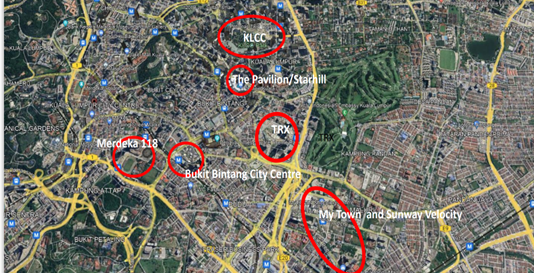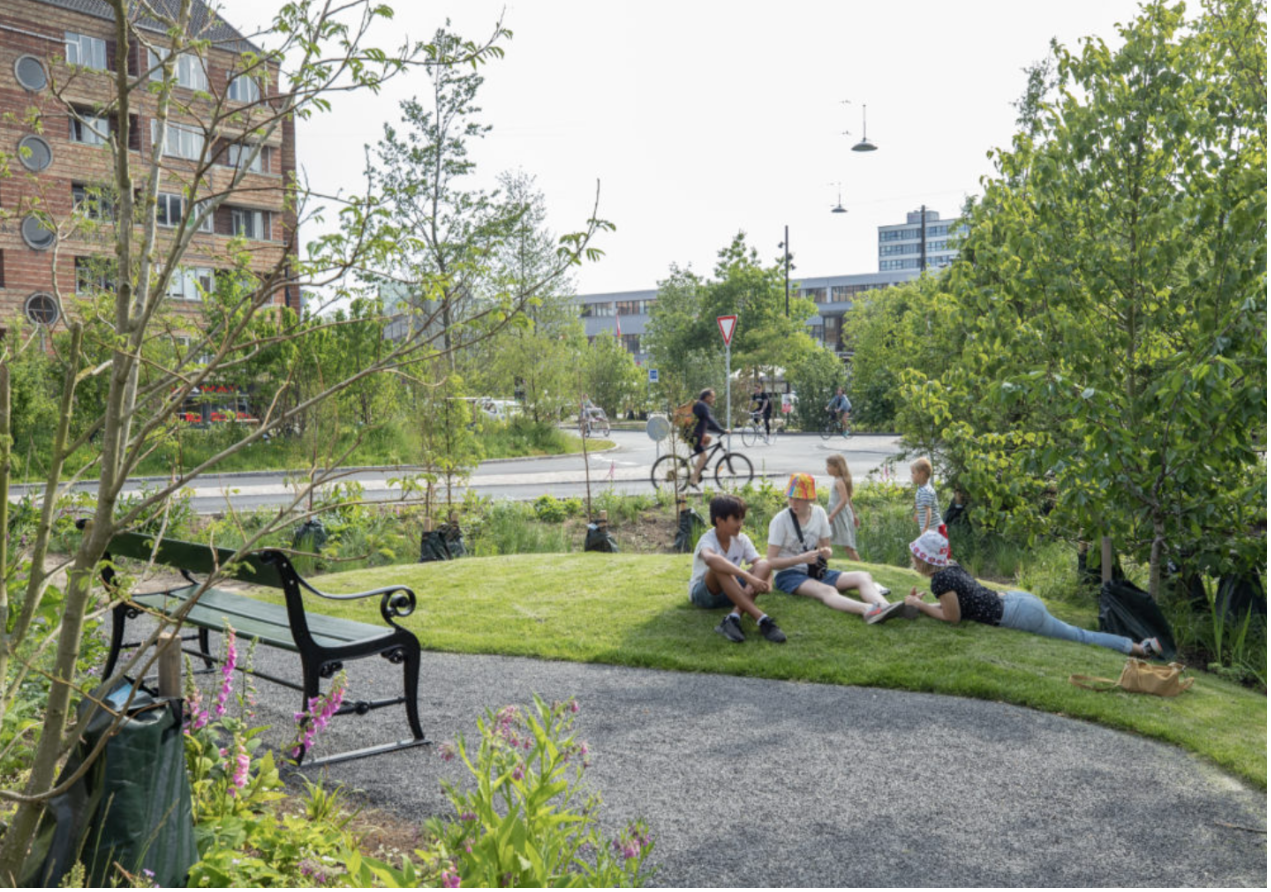“Whatever creates or increases happiness or some part of happiness, we ought to do; whatever destroys or hampers happiness, or gives rise to its opposite, we ought not to do.”

The vibrant cities of New York, Tokyo, Paris, London, and Berlin have unique vibes that attract tourists and citizens. Urban design plays a crucial role in fostering happiness, reducing stress, and promoting social interaction. City planning can inspire and make residents feel content. However, parks without trees may not be the best choice for happiness, and driving in a city can be a harrowing experience.
The Unfulfilled Promise of Happiness: Assessing the Design of City Suburbs
In "Happy City," the author delves into the intriguing concept that city suburbs were initially envisioned to be havens of happiness. However, as the narrative unfolds, it becomes evident that these well-intentioned designs have failed to deliver on their promise. The book explores the reasons behind this discrepancy, shedding light on the complex dynamics that have hindered the realization of true happiness within these urban landscapes. In the early twentieth century, urban planners believed cities could be better off by spreading them over a larger area. This led to the birth of suburbs, which initially allowed people to live healthier lives. However, the modern city centre offers better living standards, but living on the outskirts has left citizens unhappy and exhausted. Suburban residents spend more time on the road, which leaves them more worn down than inner-city citizens. This has led to a pattern of less satisfaction with their lives and less time for socializing, which impacts overall happiness. John Halliwell, an economist, found that ties with other people are more important to happiness than money. While suburban sprawl was a great idea in theory, it has made people unhappier in practice.
The Appeal of Banning Cars and Staying on Top of Maintenance in Public Spaces
The author presents a compelling argument for the transformation of urban spaces by implementing two key ideas. The first idea revolves around the bold notion of banning cars from these bustling city centres. By doing so, the author suggests that we can reclaim our public spaces and create a more inviting environment for all. Additionally, the author emphasizes the importance of diligent maintenance to ensure the continued appeal of these shared areas. Through these two key ideas, "Happy City" offers a thought-provoking perspective on the potential for urban spaces to foster happiness and well-being.
The Happiness of Urban Residents: Small, Dense, and Diverse Parks
In this insightful observation, the author highlights the profound impact of small yet vibrant parks on the overall happiness of urban residents. With eloquence and clarity, they emphasize the importance of density and diversity within these green spaces, shedding light on a crucial aspect of urban planning. By encapsulating this notion in a concise statement, the author invites readers to reflect on the significance of these compact yet multifaceted havens.
Escaping the World: The Allure of a Good City for Hiding from Crowdedness
In this thought-provoking piece, the author delves into the complex relationship between crowdedness and the human desire for solitude. With a keen understanding of urban dynamics, the author argues that a well-designed city should provide its residents with the means to retreat from the hustle and bustle of daily life when the need arises. Furthermore, the author highlights the importance of urban environments that offer a respite from the overwhelming demands of modern society.
Cities that bring people closer together must balance their need for privacy and engagement with small groups of fellow citizens. Large cities can lead to isolation, as people in small towns are more willing to help strangers. This is due to sensory overload caused by crowded cities, which can create protective barriers. Studies have shown that students living in separate dorms with shared bathrooms and lounge areas are more likely to make friends and engage with others. However, finding a perfect city that balances privacy and engagement is challenging due to the complexity of urban planning and the inherent biases in urban planning. This compelling exploration of the interplay between crowdedness and escapism invites readers to reflect on the role of cities in nurturing a sense of tranquillity and rejuvenation.
The Impact of Bias and Poor Planning on Urban Life Decisions
Psychological phenomena can lead to poor judgments about city planning, especially when choosing a new place to live or designing a future city. Climate, crowdedness, pollution, and social networks can affect happiness in urban environments. Urban planners often make decisions based on the present without considering future evolution. For example, Atlanta's traffic problems were initially resolved by building more roads, but after five years, the streets became jammed again. Similarly, architect Oscar Niemeyer's modernist city of Brasília, designed for an orderly, healthy, egalitarian future, left inhabitants feeling disoriented and lonely. The author examines the incredible effects of self-propelled mobility on our level of happiness in this interesting investigation. With a keen understanding of the intricate dynamics between individuals and their urban environments, the book sheds light on the ingenious strategies employed by clever cities to foster and promote this transformative mode of transportation. Through a captivating narrative, the author skilfully illustrates the profound benefits that arise when communities prioritize and embrace self-propelled mobility. A must-read for anyone interested in the intersection of urban planning and personal well-being, this book offers a fresh perspective on how our cities can be.
The Happiness Boost of Self-Propelled Mobility: Insights from Clever Cities
Few city-dwellers prefer cycling or walking due to the disproportionate amount of public space and stress hormones released during traffic jams. Self-propelled commuters, such as children, enjoy walking to work and prefer walking to school. City planners can encourage residents to move themselves by designing environments that encourage walking. For example, Paris introduced the Vélib' bicycle-share system, which allowed residents to borrow bicycles and drop them off at the nearest station. Additionally, safe, and interesting roads can make walking seem less of a chore. In London and New York, simple improvements encourage residents to walk along trendy streets, reducing the need for drive-in malls.
Urban Planning: The Key to Creating Happier Cities through Resource Redistribution
In the early 2000s, mayor Enrique Peñalosa in Bogotá implemented radical changes to urban residents, including car-free days, fast bus lanes, and better bicycle paths. These changes made the city happier, especially for the less privileged. Peñalosa used public space to create the TransMilenio, a fast bus system that benefits commuters. These urban improvements have political significance and have sparked imitators in cities worldwide. People in Bogotá reported improved lives, a feeling they hadn't experienced in decades.
Reviewer’s note: If you're thinking of moving to a new city, do some study and plan a trip there before you decide. This will help you think about all the important things, like traffic, public transportation, people, and public parks, so you can decide if the city will drive you crazy or make you happy 😊
 |
Dr. Nor Azlina Abu Bakar
Pensyarah Kanan
Fakulti Rekabentuk dan Senibina,
Universiti Putra Malaysia
|
Date of Input: 30/08/2023 | Updated: 30/08/2023 | uswahhasanah
MEDIA SHARING






























